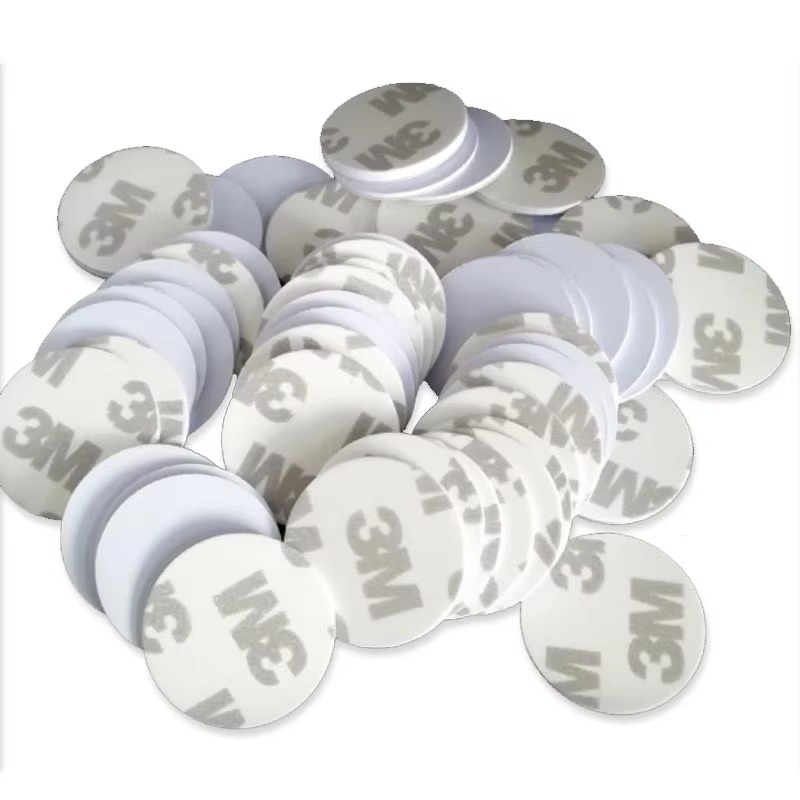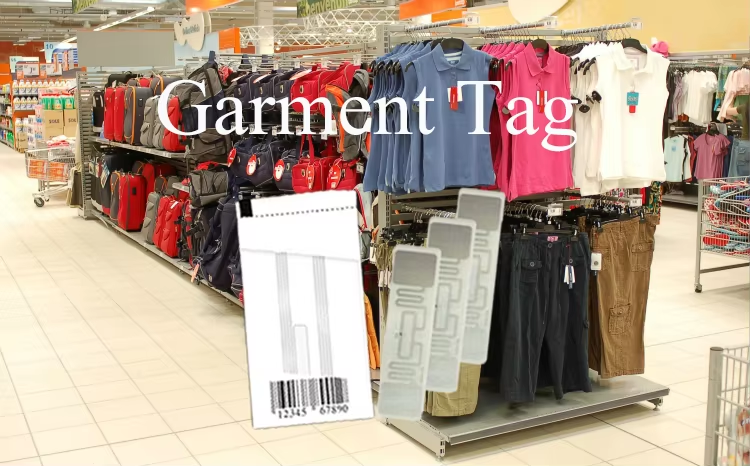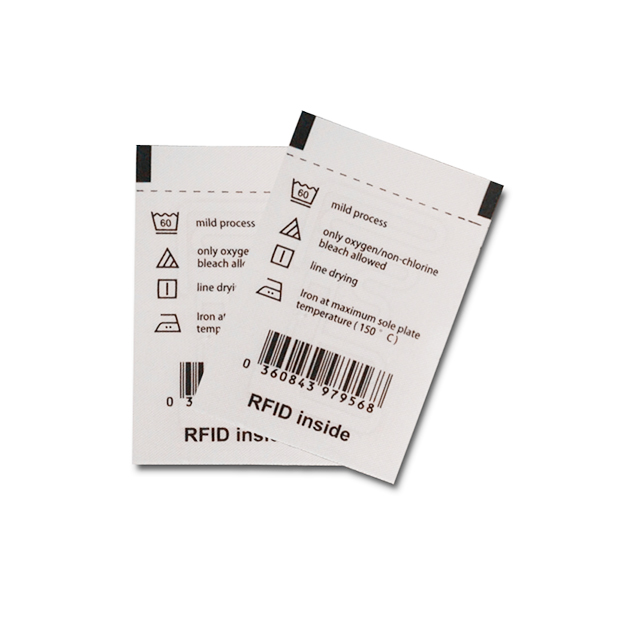
Versatile and Durable RFID Token Tags
RFID token tags offer an ideal combination of durability, customizability, and high performance, making them suitable for a wide range of applications.
In today’s fast-paced retail environment, the clothing industry is constantly evolving to meet consumer demands and streamline operations. One of the most significant advancements in this sector is the adoption of RFID (Radio Frequency Identification) technology. This article explores the application of RFID hang tags in clothing, detailing how they enhance production processes, improve inventory management, and combat counterfeiting. If you’re interested in understanding how RFID technology can transform your clothing business, this article is a must-read.
RFID technology utilizes radio waves to automatically identify and track tags attached to objects. In the clothing industry, RFID tags are embedded with unique identifiers that store essential information about each garment, such as its name, item number, fabric type, and washing instructions. This technology allows for efficient data collection and management, significantly reducing the need for manual input.The RFID system consists of three main components: the RFID tag, the RFID reader, and the antenna. The tag contains a microchip that stores data and an antenna that transmits this data to the reader. When the reader emits radio waves, it activates the tag, allowing it to send back the stored information. This process is quick and requires minimal human intervention, making it a valuable tool for the clothing industry.
RFID tags are attached to garments during the production process. Each tag is programmed with specific information about the clothing item, which can be read by RFID readers at various points in the supply chain. For instance, when a box of clothing passes through a UHF access door, the RFID reader captures the tag information, automatically entering it into the inventory system. This automation not only saves time but also reduces labor costs associated with manual inventory checks.The unique nature of each RFID tag ensures that every garment can be tracked throughout its lifecycle—from production to retail. This capability allows retailers to maintain accurate inventory levels and respond quickly to consumer demand.
The clothing industry has been one of the early adopters of RFID technology, primarily to reduce lead times between manufacturing and retailing. By implementing RFID tags, businesses can streamline their operations, improve efficiency, and enhance customer satisfaction.Moreover, RFID technology provides a competitive edge by enabling retailers to offer a more responsive and agile supply chain. With real-time data on inventory levels and product movement, businesses can make informed decisions that align with market trends and consumer preferences.
The benefits of using RFID hang tags in the clothing industry are numerous:
These advantages contribute to a more efficient and profitable retail operation.
RFID tags revolutionize inventory management by providing real-time visibility into stock levels. Retailers can conduct inventory checks quickly and accurately using RFID readers, which scan multiple items simultaneously. This capability drastically reduces the time spent on inventory audits compared to traditional barcode scanning methods.Additionally, RFID technology enables smart inventory practices, such as automatic replenishment. When stock levels fall below a certain threshold, the system can trigger reorders, ensuring that popular items remain available for customers. This proactive approach helps prevent stockouts and enhances overall operational efficiency.
Yes, RFID tags play a crucial role in combating counterfeiting in the clothing industry. Each tag contains a unique identifier that is linked to specific product information. This uniqueness makes it nearly impossible for counterfeiters to replicate the tags accurately.By implementing RFID technology, brands can verify the authenticity of their products at various points in the supply chain. Retailers can scan RFID tags to confirm that the items they receive are genuine, protecting both their brand reputation and their customers.
There are several types of RFID tags used in the clothing industry, including:
Each type of RFID tag serves a specific purpose and can be selected based on the needs of the retailer.
Implementing RFID technology in your clothing business involves several steps:
By following these steps, you can successfully integrate RFID technology into your clothing business.
While RFID technology offers numerous benefits, there are also challenges to consider:
Addressing these challenges requires careful planning and consideration of the long-term benefits of RFID technology.
The future of RFID technology in the clothing industry looks promising. As technology continues to evolve, we can expect advancements such as:
These trends indicate that RFID technology will continue to play a vital role in shaping the future of the clothing industry.
By understanding and leveraging RFID technology, clothing businesses can stay ahead of the competition and meet the evolving needs of their customers.
Newest trends and common knowledge in RFID laundry tags.

RFID token tags offer an ideal combination of durability, customizability, and high performance, making them suitable for a wide range of applications.

Laundry RFID Wash Care Labels offer a unique blend of traditional garment care information with advanced RFID technology.

RFID labels are revolutionizing the way we track and manage inventory, assets, and even laundry.
Didn’t find what you want? Ask our manager for help!